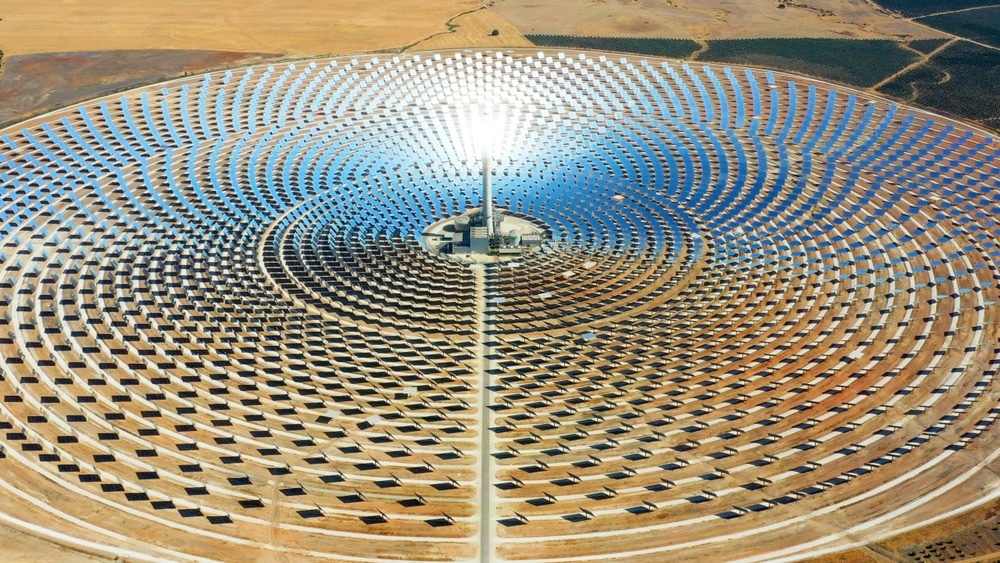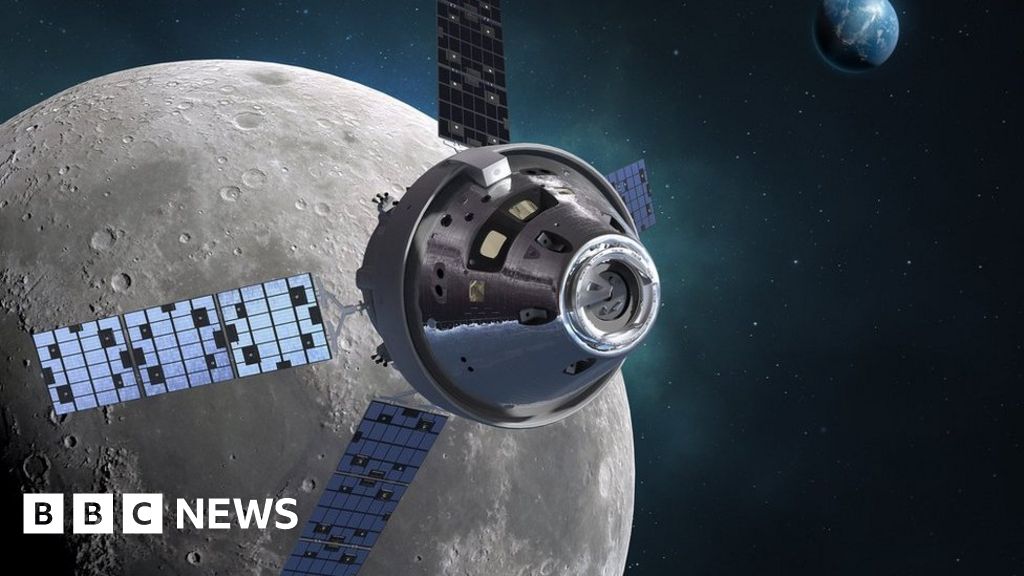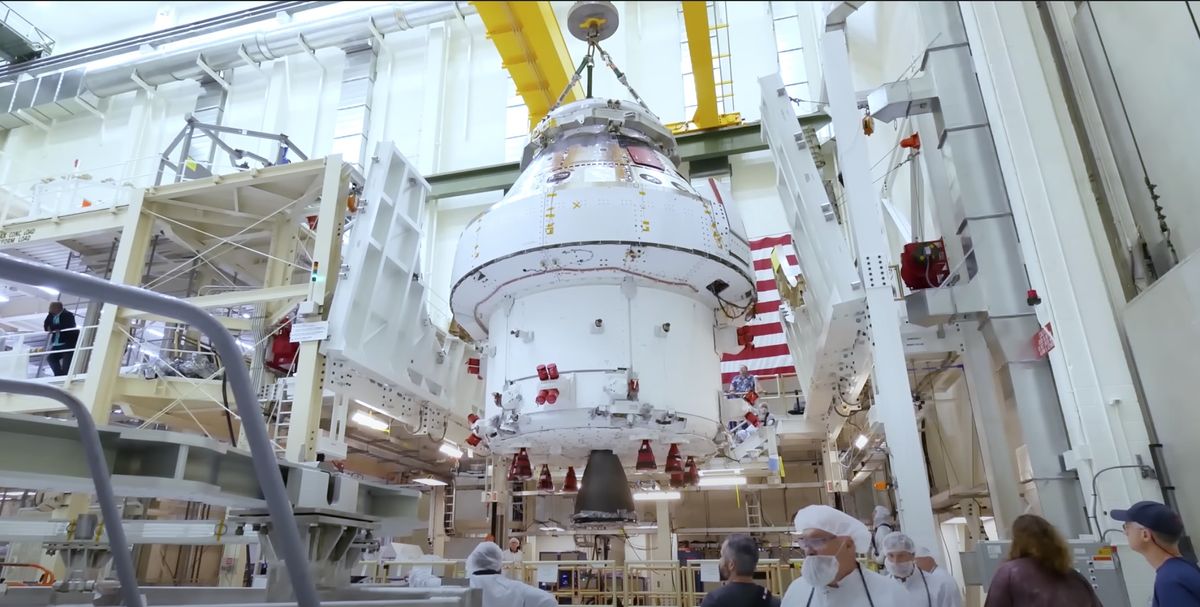- You need to sign in or sign up before continuing.

Wildfires have unknown impacts on soil microbes and biogeochemistry. Using metagenomics across forest burn gradients, here the authors show severity-dependent losses in microbiome diversity and functional shifts that underpin post-fire survival.
Viewed by
You are the first to view
Studying phase separation in liquids at microscopic level when energy is added - Phys.org
8/25/22 at 8:59pm

A team of physicists at the University of California at Santa Barbara has discovered some of the dynamics involved with active liquid surfaces at the microscopic level when energy is added. In their paper published in the journal Science, the group describes …
Viewed by
You are the first to view
A faster way to study 2D materials for next-generation quantum and electronic devices - Phys.org
8/25/22 at 8:59pm

Two-dimensional materials, which consist of a single layer of atoms, exhibit unusual properties that could be harnessed for a wide range of quantum and microelectronics systems. But what makes them truly special are their flaws. "That's where their true magic…
Viewed by
You are the first to view
Can Graphene Oxide Help River Water Address Water Scarcity? - AZoNano
8/25/22 at 7:30pm

Synthesized graphene oxide sheets were used to create the gravity filter to purify river water in a newly released paper.
Viewed by
You are the first to view
An Earth-Killer Solar Storm? Horrific destruction our Sun can wreak on humanity - HT Tech
8/25/22 at 8:59pm
_1639373804152_1661440474085_1661440474085.jpg)
If a strong enough solar storm heads for Earth, could it destroy all life on the planet and cause total annihilation? Read on to find out.
Viewed by
You are the first to view
Computer Vision Helps Detect Dust on Solar Mirrors - AZoOptics
8/25/22 at 8:59pm

A recent study conducted at the GEP research platform and published in Expert Systems with Applications investigated the effects of dust accumulation on the reflectivity parameter of optical mirrors.
Viewed by
You are the first to view
Micro-fridge research paves the way to quantum entanglement with large objects - Phys.org
8/25/22 at 8:59pm

A team of international researchers, including scientists from the University of St Andrews, has created a micro-refrigerator the size of a blood cell to cool adjacent objects, which could have major applications in quantum technologies.
Viewed by
You are the first to view
How microorganisms in the soil respond to and are altered by forest wildfire - Nature.com
8/25/22 at 8:59pm

This work used DNA and RNA sequencing to investigate how wildfire burn severity affects forest soil microbiomes. The results revealed the mechanisms that allow specific bacteria, fungi and viruses to colonize and thrive in burned soils. These changes can infl…
Viewed by
You are the first to view
245-million-year-old fossils provide new insights into the evolution and feeding strategies of aquatic insects - Phys.org
8/25/22 at 8:59pm

The feeding strategy of filtering suspended particles from the water was developed earlier in aquatic insects than previously assumed. This was revealed in a study on fossil insect larvae from the 245-million-year-old Grès à Voltzia sandstone of the Vosges Mo…
Viewed by
You are the first to view
A Faster Way to Study 2D Materials for Next-Generation Quantum and Electronic Devices - Lawrence Berkeley National Laboratory (.gov)
8/25/22 at 8:59pm

Researchers at Berkeley Lab recently unveiled a new, fast, and readily reproducible way to map and identify defects in two-dimensional materials.
Viewed by
You are the first to view
A Faster Way to Study 2D Materials for Next-Generation Quantum and Electronic Devices - Newswise
8/25/22 at 8:59pm

Researchers at Berkeley Lab recently unveiled a new, fast, and readily reproducible way to map and identify defects in two-dimensional materials. The method cou
Viewed by
You are the first to view
Graphene-Based Biosensor to Detect Creatinine at Trace Levels - AZoNano
8/25/22 at 7:30pm

An innovative biosensor based on graphene nanoplatelet/polydopamine molecularly imprinted polymer is presented for trace-level creatinine detection in a variety of bodily fluids.
Viewed by
You are the first to view

In a preproof in the Journal for Food and Composition Analysis, researchers explored the feasibility of distinguishing the geographic origin of four traditional famous peaches in China by visible-near infrared spectroscopy, fluorescence spectroscopy and image…
Viewed by
You are the first to view
Physicists entangle more than a dozen photons efficiently - Phys.org
8/25/22 at 8:59pm

Physicists at the Max Planck Institute of Quantum Optics have managed to entangle more than a dozen photons efficiently and in a defined way. They are thus creating a basis for a new type of quantum computer. Their study is published in Nature.
Viewed by
You are the first to view
Artemis: Cornwall's Goonhilly to support Nasa Moon mission - BBC
8/25/22 at 8:59pm

The Cornwall site will track an uncrewed capsule ahead of future crewed missions to the Moon.
Viewed by
You are the first to view
New insights into the interaction of topological insulators - Phys.org
8/25/22 at 8:59pm

Tungsten di-telluride (WTe2) has recently proven to be a promising material for the realization of topological states. These are regarded as the key to novel "spintronic" devices and quantum computers of the future due to their unique electronic properties. P…
Viewed by
You are the first to view
A Physarum-inspired approach to the Euclidean Steiner tree problem | Scientific Reports - Nature.com
8/25/22 at 8:59pm

Scientific Reports - A Physarum-inspired approach to the Euclidean Steiner tree problem
Viewed by
You are the first to view

The U.S. National Science Foundation's NOIRLab-operated Gemini South Telescope used its latest upgrade— GHOST, the Gemini High-resolution Optical SpecTrograph—to capture observations of HD 222925, a star more than 1,400 light years away. The star, known to be…
Viewed by
You are the first to view
NASA's Webb Detects Carbon Dioxide in Exoplanet Atmosphere - NASA
8/25/22 at 8:59pm

NASA’s James Webb Space Telescope has captured the first clear evidence for carbon dioxide in the atmosphere of a planet outside the solar system. This observation of a gas giant planet orbiting a Sun-like star 700 light-years away provides important insights…
Viewed by
You are the first to view
Research integrity and Peer Review Excellence at IOP Publishing – Physics World - physicsworld.com
8/25/22 at 8:59pm

Join the audience for a live webinar on 21 September 2022 sponsored by IOP Publishing
Viewed by
You are the first to view

Regenerating lost body parts is impossible for humans, but cracking the cellular code of salamanders could help to treat serious wounds.
Viewed by
You are the first to view
Space Sparks Episode 4: Webb Detects Carbon Dioxide in Exoplanet Atmosphere - HubbleWebbESA
8/25/22 at 8:59pm

Watch this Space Sparks episode to learn more about how the James Webb Space Telescope has found definitive evidence for carbon dioxide in the atmosphere of ...
Viewed by
You are the first to view

Scientific Reports - Structural bioinformatics analysis of SARS-CoV-2 variants reveals higher hACE2 receptor binding affinity for Omicron B.1.1.529 spike RBD compared to wild type reference
Viewed by
You are the first to view
Viewed by
You are the first to view
NASA's new 'Path to the Pad' video spotlights Artemis 1's Orion spacecraft - Space.com
8/25/22 at 8:59pm

Hop inside and strap into the most advanced crew vehicle ever engineered for space travel.
Viewed by
You are the first to view